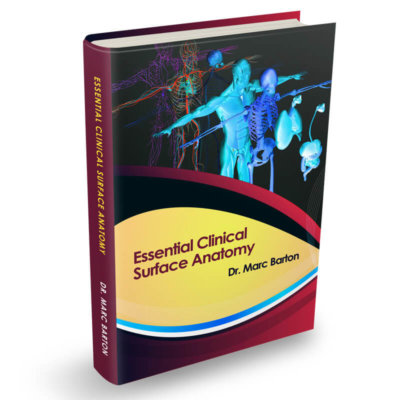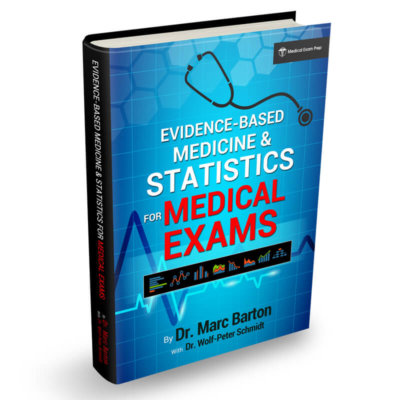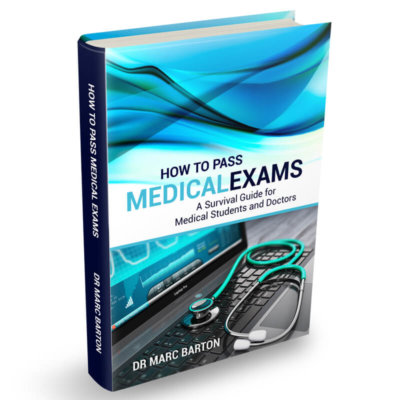Kawasaki disease is an idiopathic systemic vasculitis that mainly affects young children.
Prompt recognition is essential to prevent coronary artery complications.
Epidemiology
Most common in children aged 6 months to 5 years (peak 18–24 months).
Strong ethnic predilection: Highest rates in Japan (239 cases per 100,000 under 5s).
UK incidence: ~8–9 per 100,000 children under 5 years.
More common in children of East Asian descent but can occur in all ethnic groups.
Clinical Features
Diagnosis requires fever for ≥5 days plus at least 4 of the following:
- Bilateral conjunctival injection (red eyes, non-purulent)
- Mucous membrane changes (e.g., strawberry tongue, dry cracked lips)
- Extremity changes (redness, swelling, peeling of hands and feet)
- Polymorphous rash (often including the perineum)
- Cervical lymphadenopathy (usually unilateral)
Strawberry tongue is a classic hallmark.
Most feared complication = coronary artery aneurysm.
Phases of Kawasaki Disease
Acute phase (1–2 weeks):
- High fever, irritability, mucosal changes, limb swelling, rash.
Subacute phase (2–8 weeks):
- Desquamation (peeling skin), arthritis/arthralgia, thrombocytosis, highest risk of coronary artery aneurysms.
Convalescent phase (months to years):
- Resolution of symptoms, normalisation of blood tests.
- Coronary artery aneurysms may persist or resolve.
- Watch for Beau’s lines (transverse lines on nails).
Investigations
Bloods:
- Leucocytosis, thrombocytosis, high CRP/ESR, low albumin, anaemia.
ECG:
- May show QT prolongation, ST changes, T wave abnormalities, arrhythmias.
Echocardiography:
- Essential to screen for coronary artery aneurysms during acute and follow-up phases.
Management
IV Immunoglobulin (IVIg):
- 2 g/kg as a single infusion over 12 hours.
- Reduces risk of coronary artery aneurysm from ~25% to <5%.
Aspirin:
- Used for anti-inflammatory and antiplatelet effects, despite the general risk of Reye’s syndrome.
- High-dose in the acute phase, then low-dose long-term if coronary artery involvement exists.
Follow-up:
- Regular cardiac follow-up with echocardiograms is crucial, especially for those with aneurysms.
Key Exam Tips
Fever + mucous membrane + limb changes = Think Kawasaki.
Remember the 5 features — Conjunctivitis, Rash, Extremity changes, Adenopathy, Mucous membrane involvement.
Always check for coronary artery aneurysm with echocardiography.
Treat early with IVIg to reduce cardiac risk.
Aspirin is an exception to the usual rules in febrile children.
Thank you to the joint editorial team of PLAB Prep for this article.






